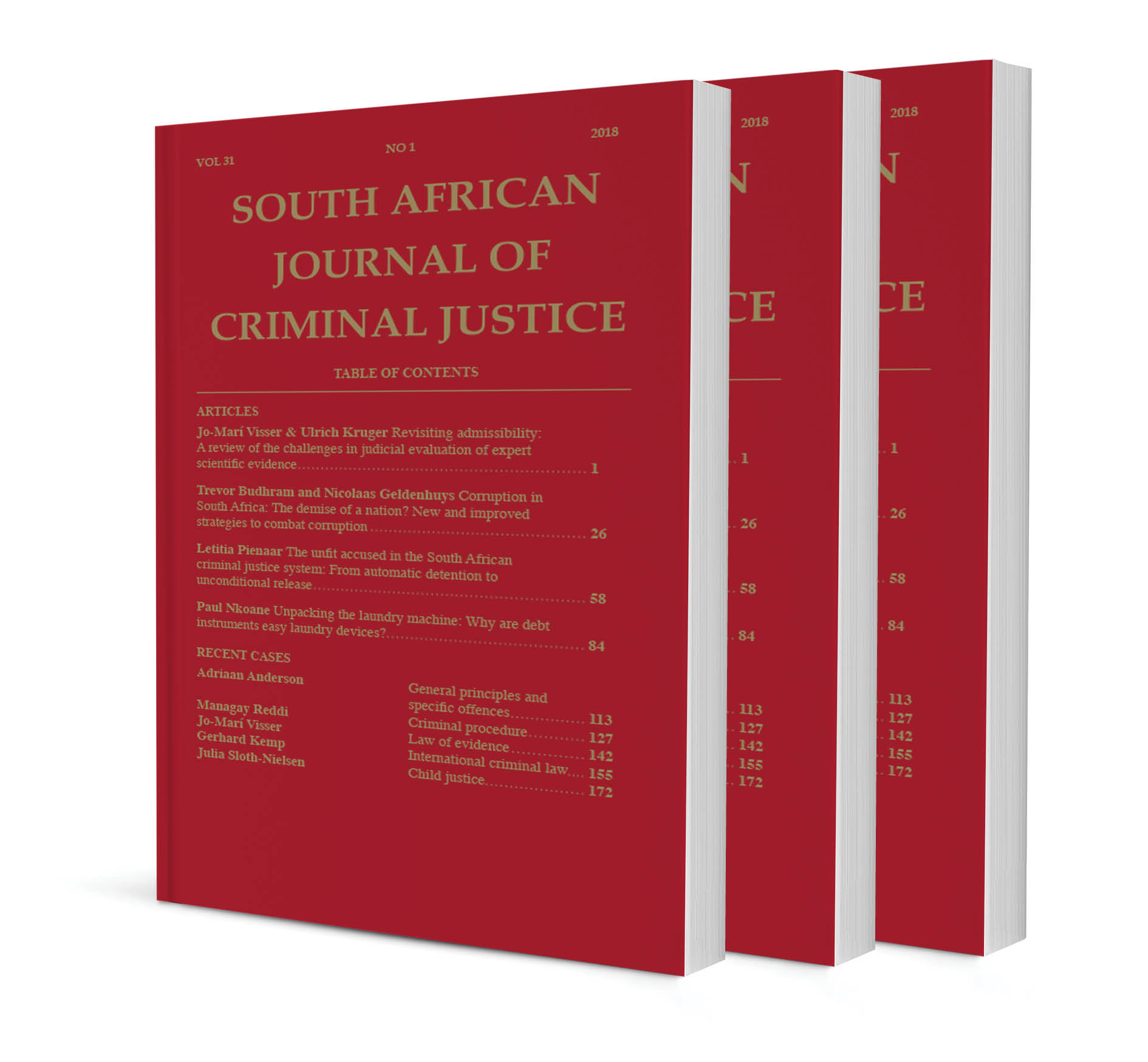Abstract
Difficult text formulations, on the one hand, as well as poor linguistic skills and comprehension on the other, can severely hamper the communication effort of basic human rights during the judicial process. The rights entrenched in s 35 of the Constitution of South Africa (Act 108 of 1996), as they apply to individuals who are arrested, detained and accused, and read out by a member of the local South African Police Service (SAPS), are written in a legal register that can be too difficult for additional language speakers to understand. This begs the question of whether arrested, detained and accused individuals are fully aware of their rights and whether they can exercise these rights if they do not understand the language that expresses them. This article appraises the potential comprehensibility of the notice of rights (SAPS 14A), as provided to arrested, detained and accused individuals by the SAPS. The researcher’s assessments indicate that the text is pitched at an English readability level suited to university graduates and could be too difficult for South Africans with limited schooling and linguistic abilities to comprehend. A revision of SAPS 14A is offered as an illustration of a possible improvement to increase readability and, subsequently, better access to the mentioned rights.
